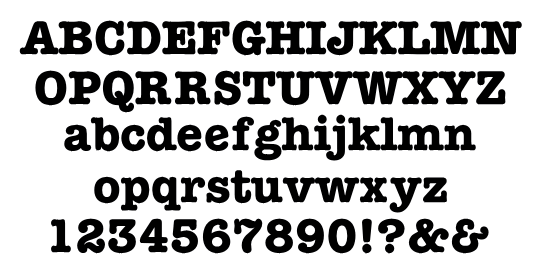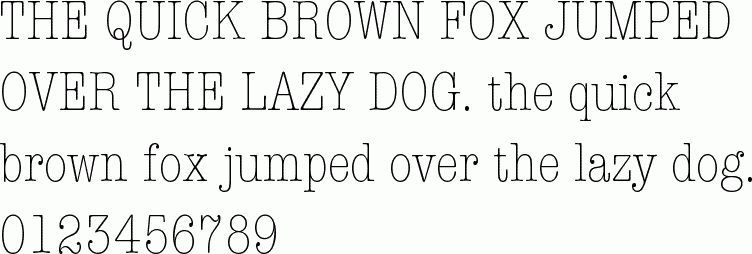


The other key and lever moved the carriage to its original position to create lower-case letters. The carriage shift consisted of one key and lever that moved the carriage a short distance down to create upper-case letters. In 1878, the carriage shift enabled operators to shift between lower-case and upper-case letters. The earliest versions of the Remington typewriter only wrote in capital letters. In between the type-bar and platen lied an ink cloth ribbon that made permanent impressions on paper when the operator pressed the corresponding lever letters.

Remington manufactured these typewriters with a circular arrangement of type-bars, which allowed the type-bar to strike down on the platen by pressing down the corresponding letter lever. Afterward, a level sprung the carriage back to the right to revolve the platen down one space by means of a ratchet and pawl. An escapement mechanism regulated the movement of the carriage to ensure that equal space sat between each letter. In addition, the carriage moved right to left via a spring that actuated when an operator pressed one of the corresponding letter levers. For instance, a carriage held the paper between a rubber platen and a rubber cylinder that rested parallel with one another. The Remington model consisted of all the features found in modern typewriters.

Remington produced their first typewriter for Christopher Sholes and Carlos Glidden in September of 1873. Remington and Sons of Illion, New York, manufacturers of sewing machines, and hunting rifles, to create a practical typewriter. Their successful endeavors led to a contract with E. Soulé, and Carlos Glidden patented a writing machine that would lead to the development of the modern typewriter. In 1868, Christopher Latham Sholes, Samuel W. Many inventors attempted to create a workable typewriter all throughout the 1850s and 1860s however, many failed to produce their envisioned machines. Francis's writing machine had black and white keys that looked similar to a piano. Francis patented a writing machine equipped with a circular arrangement of type-bars, a movable paper holder, a bell that alerted the operator about the end of a line, and an inked type ribbon. Beach's machine produced embossed letters on narrow strip of paper. In 1856, Alfred Ely Beach created a machine that resembled a typewriter strictly for this purpose. Other inventors attempted to create writing machines that could create embossed type meant to assist the visually impaired. The operator revolved the wheel until the correct letter centered over the printing position on the cylindrical platen and the striking plunger. Each vertical plunger had pieces of type at the bottom.
#American typewriter font history series#
Thurber's design also included a metal ring that revolved horizontally above the cylindrical platen with a series of vertical plungers. In 1843, Charles Grover Thurber incorporated the cylindrical platen, a device that moved paper horizontally to create spacing between letters and lines. In 1833, Xavier Progin invented a typing machine that embodied separate bars that typed characters when the user pressed its corresponding lever keys. In 1829, William Austin Burt created a machine that arranged type on a revolving semicircular wheel. In 1714, Henry Mill obtained a British patent to produce the first writing machine. The earliest typewriters attempted to achieve these goals however, it took several attempts before it became practical. Since the advent of practical typewriters in the 1870s, the machines have led to the development of modern business transactions by increasing the dissemination rate of written and printed documents. It allowed for a faster and more legible substitute for handwritten manuscripts. The typewriter is a machine designed to print and impress typeface on unlined paper.


 0 kommentar(er)
0 kommentar(er)
